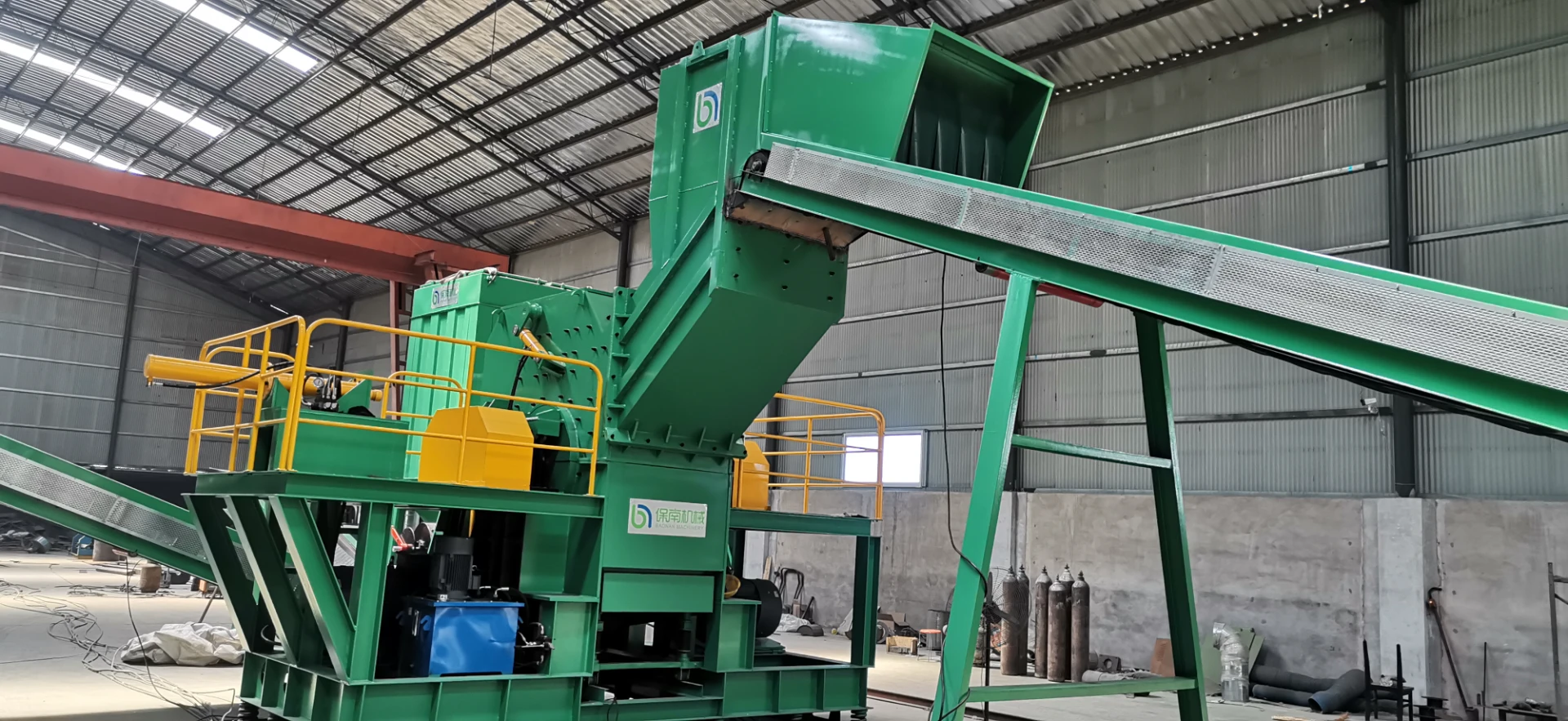
10 月 . 09, 2024 17:53 Back to list
How Metals are Sorted in Recycling Plants
Recycling has become an essential part of waste management, particularly in the context of increasing environmental awareness and resource scarcity. Among the various materials recycled, metals stand out due to their inherent recyclability and economic value. The sorting of metals in recycling plants is a sophisticated process that plays a crucial role in maximizing the efficiency and effectiveness of recycling operations. This article explores the methods and technologies used in metal sorting in recycling facilities.
Collection and Initial Processing
The journey of metal recycling begins at the collection stage, where metals are gathered from various sources, including residential, commercial, and industrial establishments. Once collected, the metals are transported to recycling plants, where they undergo initial processing. This stage involves shredding large materials into smaller pieces to facilitate further sorting. The shredded materials are often mixed and may contain various types of metals and other materials, such as plastics and glass.
Mechanical Sorting
After initial processing, mechanical sorting techniques are employed to separate metals from non-metal materials. One common method is magnetic separation, which utilizes magnets to attract ferrous metals, such as iron and steel, from the mixed stream. Contaminants such as plastics and non-magnetic metals are left behind, allowing for a more concentrated metal stream.
Following magnetic separation, another technique, known as eddy current separation, is used for non-ferrous metals such as aluminum and copper. In this process, the mixed metals pass over a conveyor belt that generates a magnetic field through an eddy current separator. Non-ferrous metals are repelled away from non-metallic materials, effectively sorting them for further processing.
Advanced Technologies
As technology advances, recycling plants are increasingly adopting sophisticated sorting techniques that include optical sorting and X-ray fluorescence (XRF) analysis. Optical sorting systems use various types of sensors and cameras to identify and sort metals based on their color and shape. This process is particularly effective for materials that are difficult to classify using traditional methods.

X-ray fluorescence analysis provides an even more precise method for identifying metals. This technology utilizes X-rays to determine the elemental composition of materials, allowing for the identification of specific types of metals. XRF is especially beneficial when dealing with complex alloys or when it is imperative to separate metals that are similar in appearance but different in value.
Manual Sorting
Despite significant advances in automated sorting technologies, manual sorting remains an essential part of the metal recycling process. Skilled workers often identify and remove contaminants or valuable metals that automated systems may overlook. Manual sorting is particularly useful for ensuring quality control, as it relies on human judgment and experience to make quick distinctions between various materials.
Balancing Efficiency and Quality
The sorting process in recycling plants is a balancing act between efficiency and quality. While advanced technologies and mechanical methods can speed up the sorting process, the quality of the sorted metals is paramount. High-quality metal outputs are necessary to meet the standards required for resale in the market. Contaminated metals can significantly reduce their value and may even render them unsuitable for recycling.
To achieve the best results, recycling plants must invest in both technology and workforce training. Operators and sorters need to be well-trained to effectively utilize sorting technologies and to understand the specifics of various metals and their properties.
Conclusion
The sorting of metals in recycling plants is a dynamic and complex process that combines mechanical methods, advanced technologies, and human expertise. By efficiently sorting metals, recycling facilities play a pivotal role in promoting sustainability and reducing the environmental impact of waste. As technology continues to advance and the demand for recycled materials grows, investing in innovative sorting solutions will be vital for the future of metal recycling. This collaborative approach not only optimizes resource recovery but also contributes to a sustainable circular economy where materials are reused and repurposed for future generations.
Latest news
Unveiling the Power of Eddy Current Separator
NewsSep.25,2024
Transform Your Home Recyclin:home metal shredder
NewsSep.25,2024
The Future of Waste Management with Recycling Line Picker
NewsSep.25,2024
The Benefits of a Metal Recycling Plant
NewsSep.25,2024
Revolutionize Material Separation with Onwang Technology
NewsSep.25,2024
Innovative Waste Management: Unveiling the MSW Sorting Plant
NewsSep.25,2024